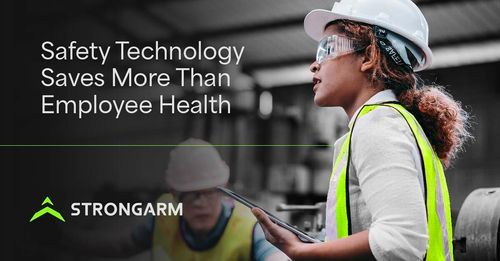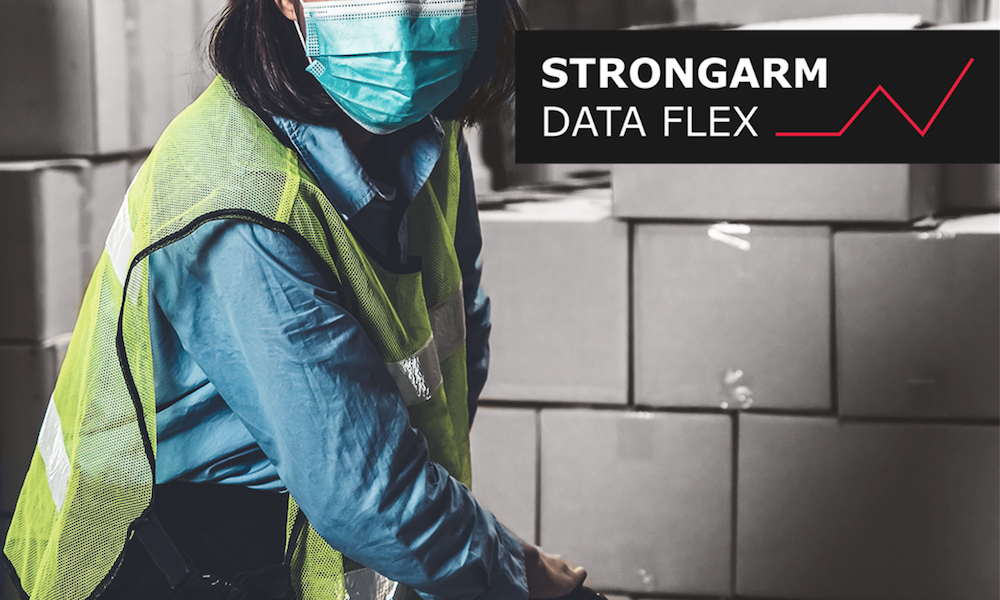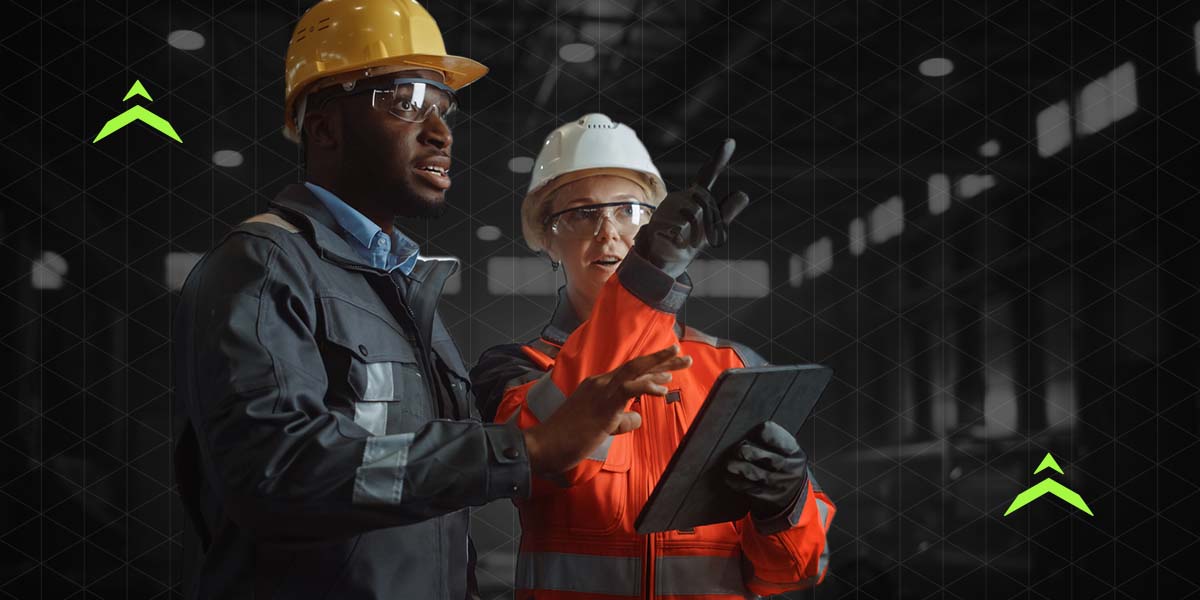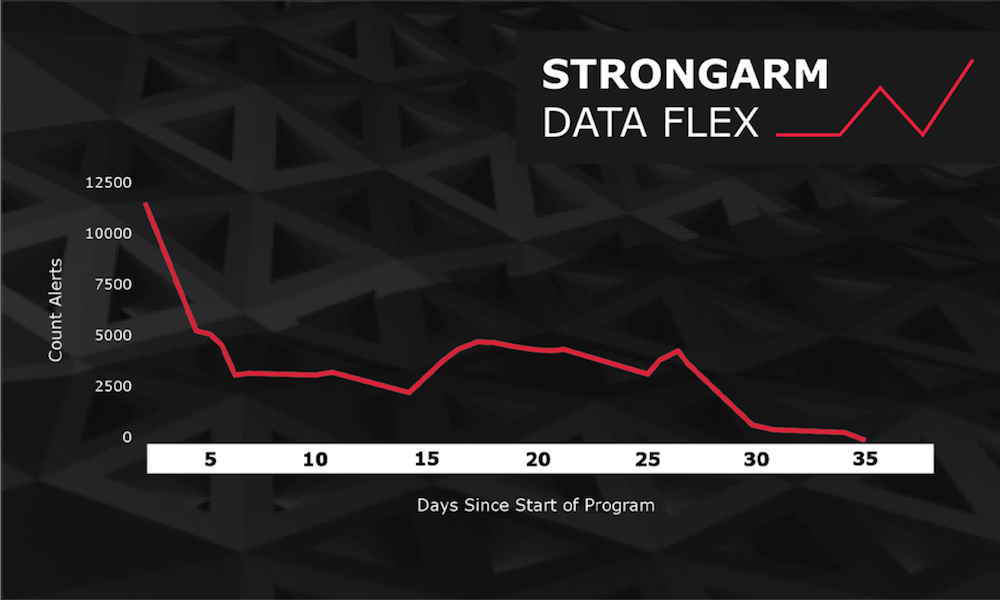The ROI of Wearables: Safety Technology Saves More Than Employee Health
In the modern workplace, it’s a sad but often far too true reality that safety is not the number one priority. Deadlines must be made and quotas must be met to ensure that organizations, no matter the industry, are making desirable profits. Employees then find themselves trying to get the job done fast rather than get the job done right.
Caught up in all of this, programs focused on employee health and safety are then underfunded or cut in exchange for solutions that can help deliver profit in other ways. In short, rather than work to eliminate worker’s compensation fees, high turnover rates and the other costly consequences of high injury rates, investments are made to balance them out in the accounts.
Tight EHS budgets give little room for innovation or error. Thus, tried and true solutions like new personal protective equipment, training and education programs, daily stretch routines, risk assessments, etc. are seen as the only viable option (despite underwhelming results) because they are known to not be a negative. But this doesn’t have to be the case.
Investing in innovative and data-centric safety technology can actually produce remarkable returns. When managers are empowered with advanced safety insights and tools – when eliminating injuries and cultivating a culture of safety is the expectation – utilizing safety solutions becomes a budget positive. With the right technology, the more you invest, the more you can save.
Investing in Safety Saves Lives and Money
Investing in safety technology such as safety wearables is not just an investment in your people, it’s an investment in your finances as well. By reducing injuries in your operation by as much as 52%, StrongArm’s SafeWork System delivers an average 250% return on investment.
While the primary function of the SafeWork System is to eliminate risk, it makes the workplace safer and more efficient throughout the process. Using the data that our safety wearables collect, our analysts determine where and how an operation is getting bogged down or dangerous, and in turn provide solutions.
Then, as a result, your facility not only saves money on workers’ compensation fees and employee turnover, it runs faster and more efficiently.
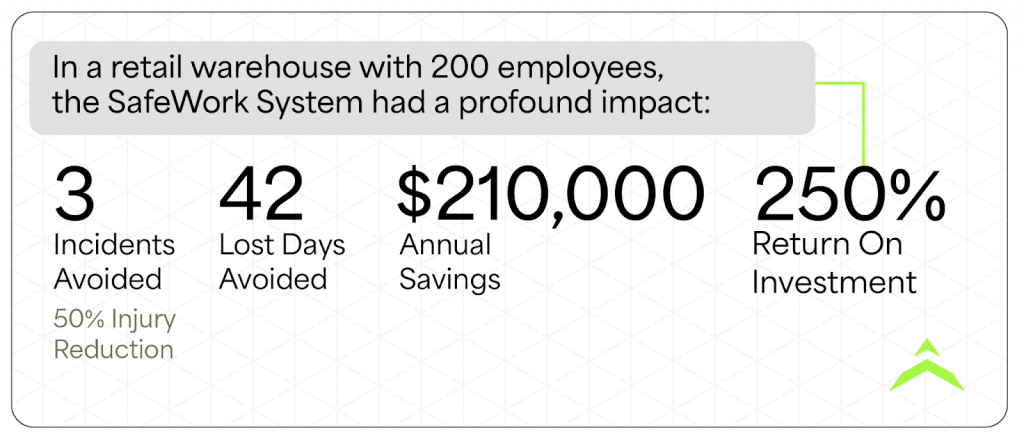
For example, one of our customers in the retail trade employs about 200 workers in a single warehouse. Due to daily quotas and the fast-paced nature of their operation, there is inherent risk. Of these 200 employees, in an average year, six were injured on the job, primarily due to ergonomic strains and stress related movements, the most common workplace injury.
The cost of these work-related injuries is much greater than the cost of workers’ compensation insurance alone. Due to the added costs of days lost and hiring and training a replacement, the total economic cost was approaching $250,000 in an average year (every injury that requires medical consultation costs over $40,000 on average).
Hinge Health reports that “the economic impact of MSK conditions is twofold. Treatment costs have been skyrocketing for employers and health plans, while workplace productivity also takes a hit when employees are absent due to MSK pain.”
By implementing the SafeWork System and initiating haptic feedback with our safety wearables, our customer was able to cut these injuries in half. Then, in the process, our analysts identified the risk-inducing features in their facility (these can range from low shelves to awkwardly-angled conveyor belts or containers), which we provided solutions for to eliminate future injuries and increase productivity and efficiency.
Over the course of a year, this customer ended up preventing an estimated three injuries, saving over 40 lost days and an estimated $210,000.
READ MORE:Workplace Safety: The Cost of Doing Business or a Worthy Investment?
The SafeWork System isn’t just another expensive tool used to prove safety is a priority. It’s an investment, not only in your people but in your budget. Guaranteed to reduce injuries and days lost, the SafeWork System is proven to save you money in the long run.
To calculate your ROI potential, click here.
